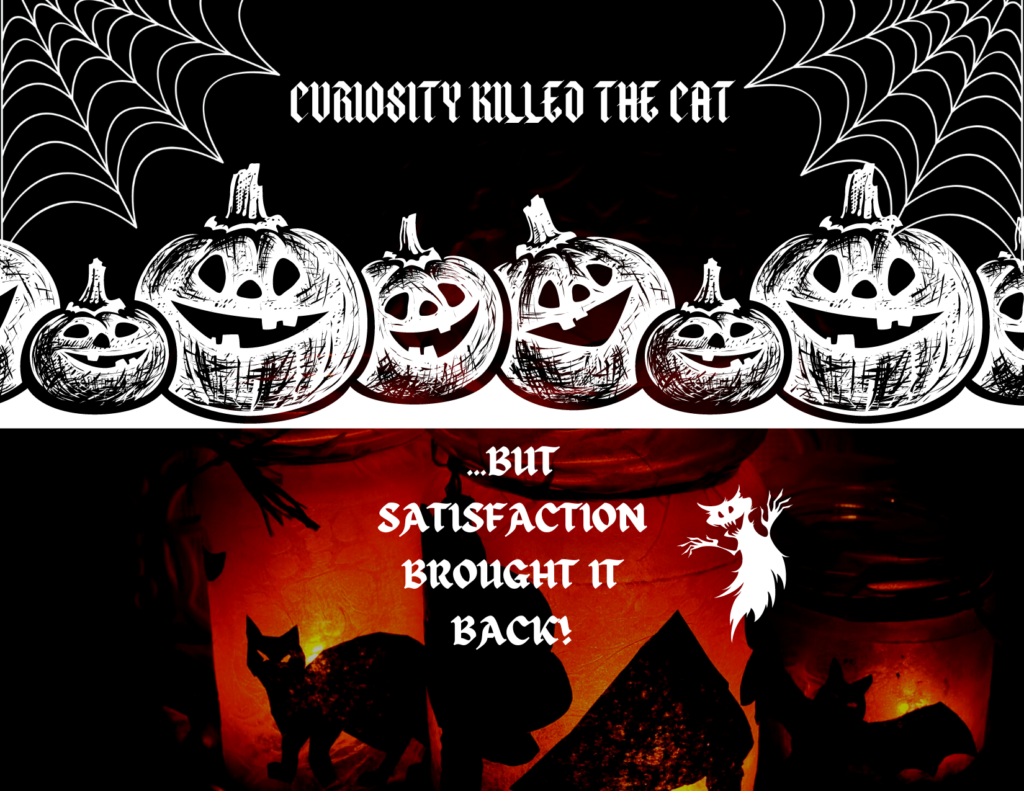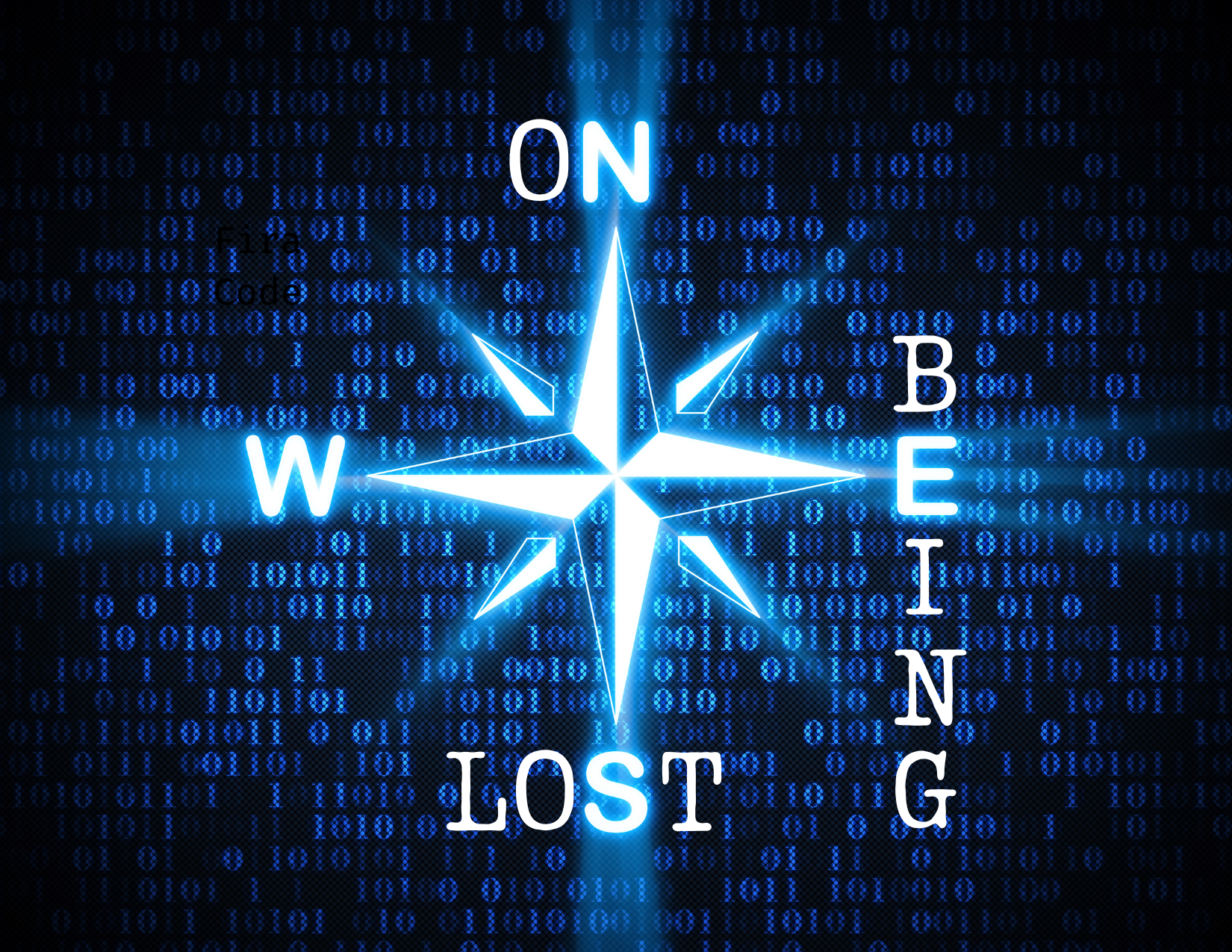As a child, I asked a lot of questions, and many times, my mother would recite the proverb, “curiosity killed the cat,” then, with a big smile, would state, “but satisfaction brought it back.” She always had great patience with all my questions and never tired of my curious mind. Asking questions has always been a way for me to make sense of the world, and as I have matured as an individual and a professional, I have come to realize that there is an art and science to asking questions based on what it is I want to accomplish.
The word “question,” as defined by the Cambridge Dictionary, is “a sentence or phrase used to find out information.” The art and science of asking questions date back to the days of ancient Greek and Eastern philosophy, where questions were used to engage critical thinking. One of the most notable teachers and philosophers, Socrates, used what we now call the Socratic method of questioning, a mechanism to probe for knowledge and understanding to elicit new awareness about a subject.
So, how can questions serve as a vital tool for individual contributors, managers, and leaders? Questions can be used to learn, gather information, gain clarity, build relationships, confirm, challenge, formulate strategy, gain new perspectives, and much more. Why is it important to ask questions? Asking questions is a way to ensure that you are using many data points and not just simply filling in information gaps with what you might assume in your mind.
There are many ways in which you can formulate and ask questions; the art is that you are the creator using your mind’s eye to develop inquisitive questions; the science is that there are ways in which you can structure your questions centered on what you want to accomplish in your conversation.
Five types of questions to have in your tool kit:
Open-ended questions: The open-ended question is a gateway to creating space for a more resounding response without restricting how an answer is shared. These questions are a wonderful way to lead with curiosity to gain a greater perspective on a topic, problem, or issue. They usually begin with who, what, how, when, and why. For example, “What about psychological safety interests you?”
Clarifying questions: If a point is unclear, or you want to ensure a better understanding of a conversation, ask a clarifying question. This helps ensure you do not fill in the gaps with your personal narrative or assumptions. Clarifying questions can be open-ended, as described above, or closed, where the response is a yes, or no. Many clarifying questions start with where, did, how, and can. For example, “How do you currently create safe spaces for your employees as a manager?”
Probing questions: Probing questions usually follow clarifying questions and are intended to dive deeper into a topic, problem, or line of thinking.They typically touch more on critical thinking behind an issue and sometimes focus on beliefs, thoughts, and emotions. Probing questions can start with why, how, and what. For example, “What is your definition of psychological safety?”
Strategic questions: Strategic questions usually focus on a specific problem where deep critical thinking and curiosity are needed. They are questions from the balcony that can be used to help build greater strategy, spur innovation, move toward creating change, solve a problem, and much more. These tend to be what and how questions. For example, “What are the top three things your employees have identified as necessary for having psychological safety in the workplace?”
Behavioral-based questions: Behavioral-based questions are essential for assessing situational experiences. These types of questions are used when trying to determine how someone has behaved in the past. When interviewing candidates for a position, it is essential to ask behavioral-based interview questions as they will provide greater insight into what a candidate has done versus what they might hypothetically do if a particular situation arises. These questions can take the form of, can you provide me with an example of, describe a time when, and how have you? For instance, “Can you provide specific examples of what you did to create psychological safety on your last team?”
Asking insightful questions can lead to greater empathy and creativity, all qualities that foster better problem-solving, connection, and engagement. Take the time to be thoughtful about how you use questions; over time, you will see the difference it makes in your awareness and impact.







